“The fact is I am quite happy in a movie, even a bad movie. Other people, so I have read, treasure memorable moments in their lives”
I grew up sitting in black fabric seats with my feet swinging just above a soda and candy covered floor. I grew up wearing oversized sweaters, looking up at masterpieces and contemplating why anyone would mix green and purple. I didn’t grow up playing soccer-I tried baseball but spent the entire game drawing in the dirt in the outfield. I’ve seen thousands of movies and have gone to at least fifty art museums in my lifetime, however, the experience of seeing art at New Orleans Museum of Art and watching King Creole in the Prytania was truly unique because it was defined by the books that we’ve read while touring such a celebrated city.
“Ignatius ate his current popcorn and stared raptly at the previews of coming attractions. One of the films looked bad enough, he thought, to bring him back to the Prytania in a few days. Then the screen glowed in bright, wide Technicolor, the lion roared, and the title of the excess flashed on the screen before his miraculous blue and yellow eyes. His face froze and his popcorn bag began to shake”
The Prytania is exactly as Ignatius describes it in The Confederacy of Dunces-it is a small quaint theater that you could easily drive past if you are not paying attention to it. There is only one screen (at least from what I saw) and only about four or five people working the theater. The popcorn was already made, packaged and ready to go. We purchased the tickets and were freely able to choose our seats when we talked in. There is a glamorous chandelier hanging in front of the concessions stand and smaller ones lining either side of the theater. The movie did not start on time. The seats are low enough that the head of the person in front of me was typically in the way. A little old man welcomes the theater through a video that must have been filmed twenty or so years ago. The movie itself is in black and white and stops abruptly at the end without showing the credits. It is ten o’clock in the morning. I’m snacking lightly on stale popcorn and I am aware at how pleased I am to be a part of the movie going experience. The treasured moments that Binx refers to in The Moviegoer, as being experienced by other people, for me, is the joy of watching a film with an audience. It is about discussing Elvis’ choices after the film-or even better taking after Ignatius in Confederacy of Dunces and talking during the film. While watching King Creole, I understood why Ignatius felt so inclined to scream at the movie screen in exasperation. The whole film seemed to be aware of how problematic it was and had the freedom to ironically comment on itself. For example, after the owner of the bar asks a young girl on a date, he turns to her and asks “Now what is a forty year old man supposed to say to a twenty year old woman”. She wittily responds by saying, “He’s supposed to say he’s thirty-eight”. These upbeat interaction kept the movie light while still addressing the actuality of life in the fifties. It dealt with political correctness in a way that our films no longer do. However, this film also moved slower than movies today. Movies today are fast paced and action packed so that it maintains the audience’s attention for the full two hours. King Creole felt like it gave the audience an opportunity to relax and contemplate the events happening on screen but often, during these pauses I wanted to turn to my neighbors and ask what they thought or express my own exasperation with Elvis’ poor romantic choices.
“What you see in his pictures is her mind jumping that far back to when she would dare to imagine the future, parading with love or money on a beautiful anonymous cloth arm. Remember all that as she is photographed by the cripple who is hardly taller than his camera stand.”
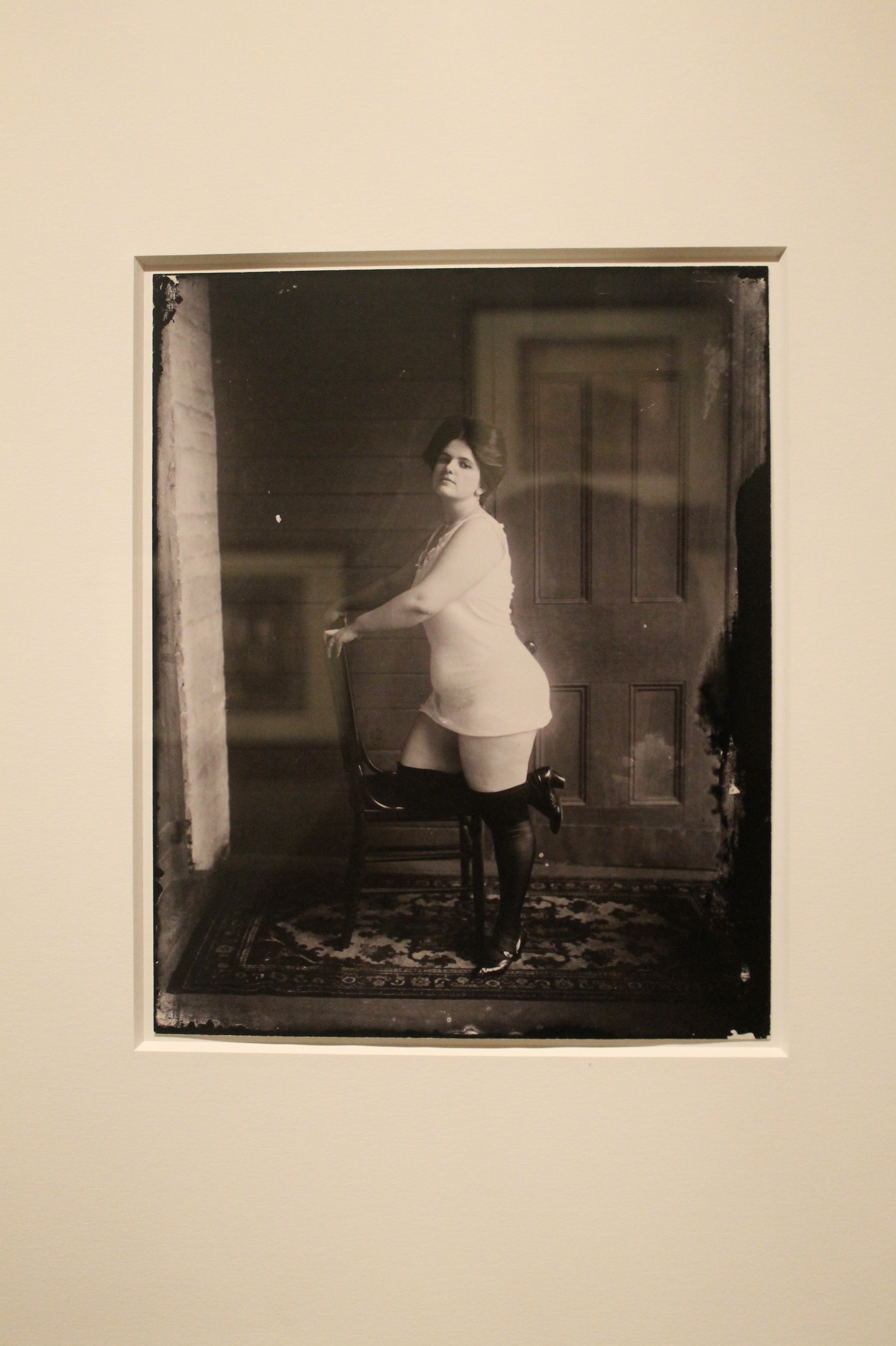
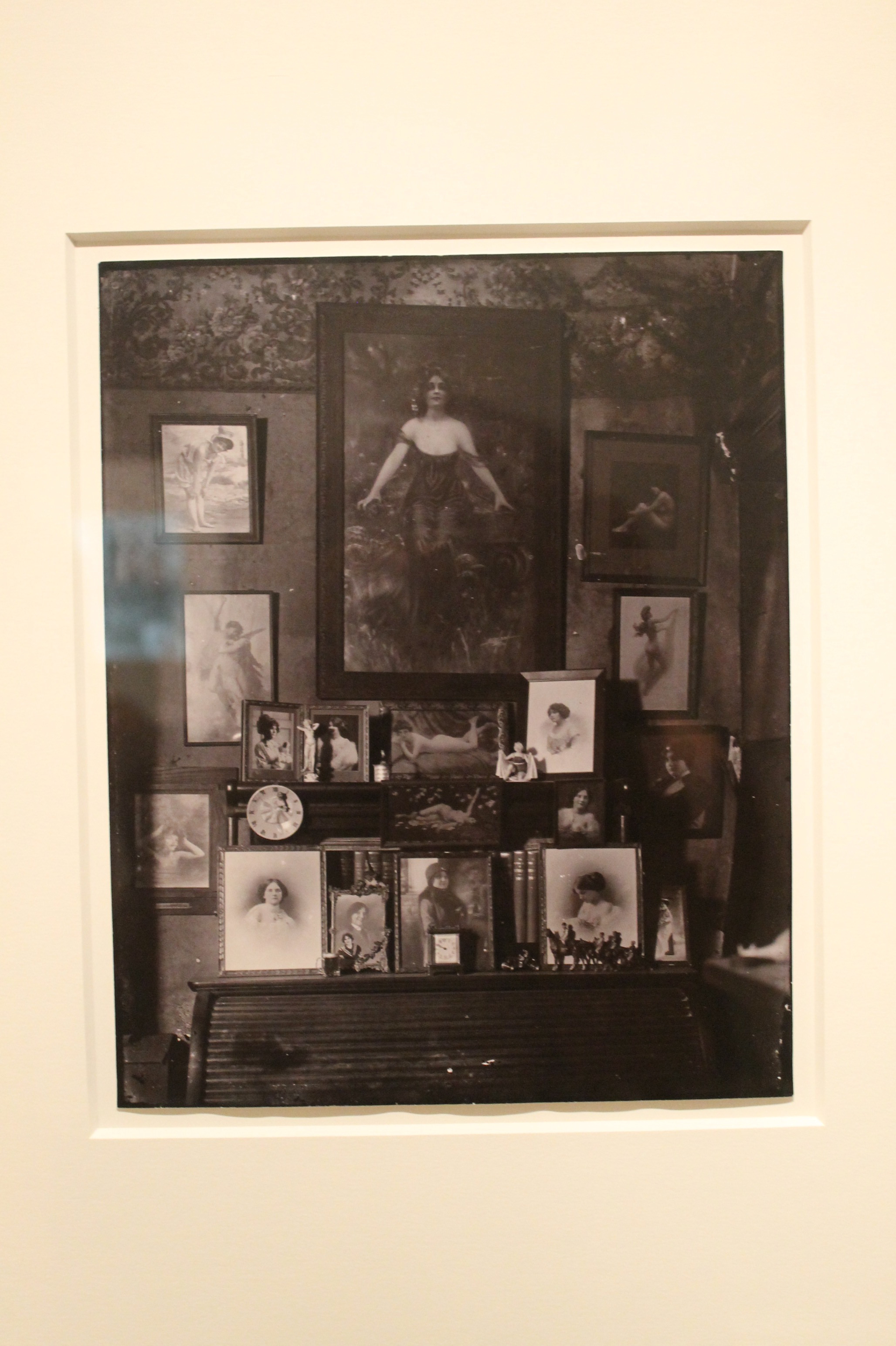
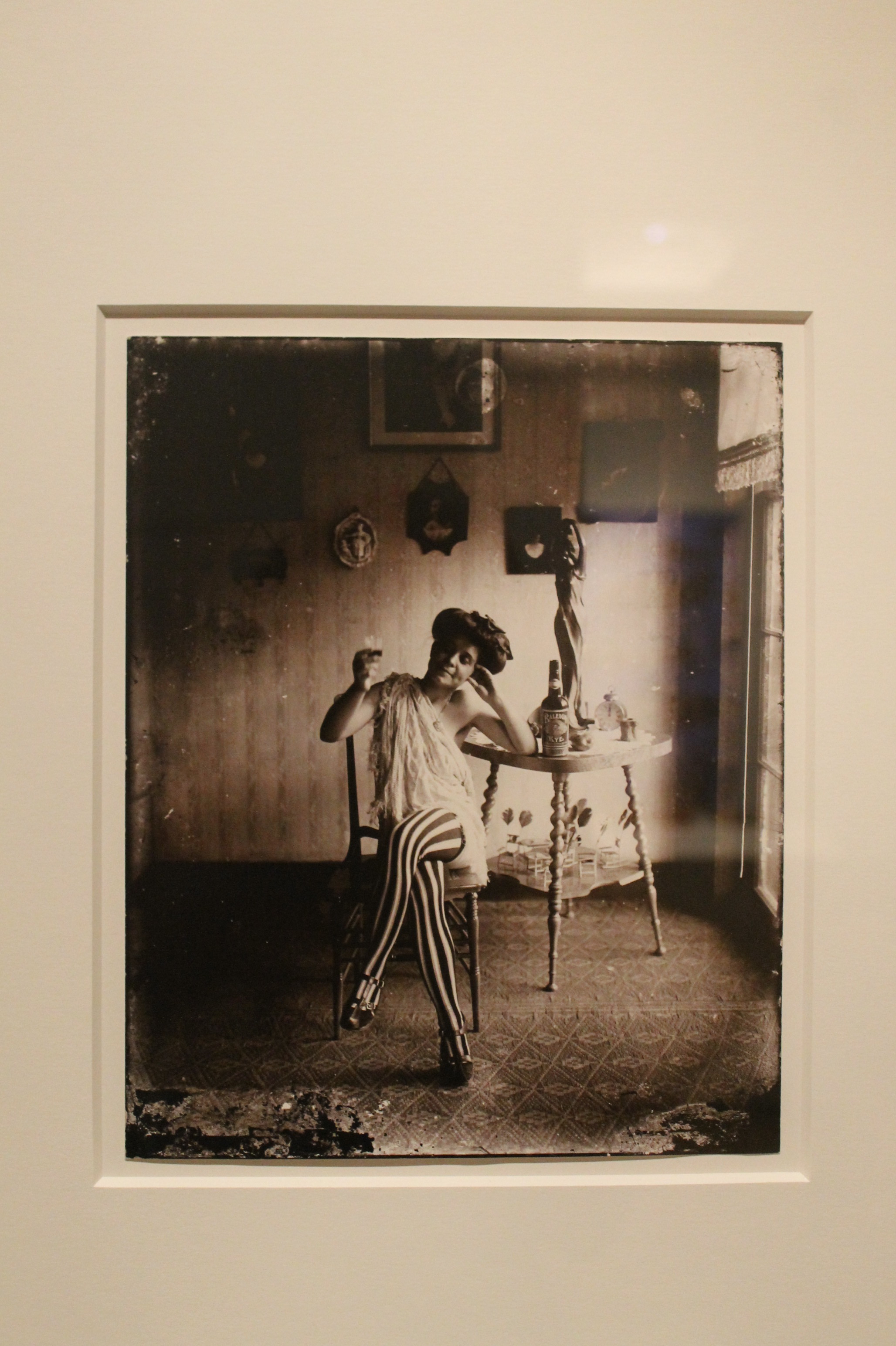
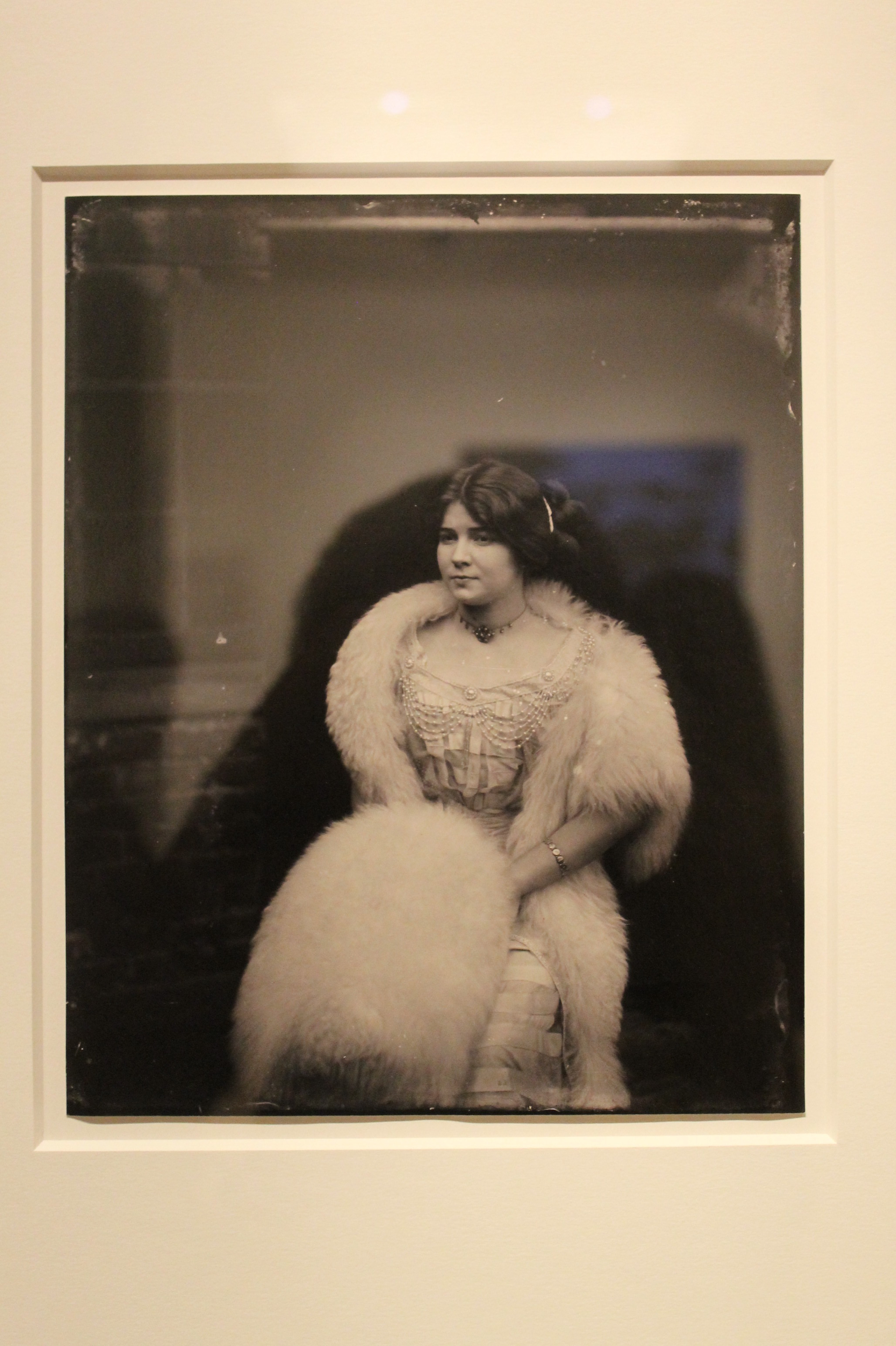
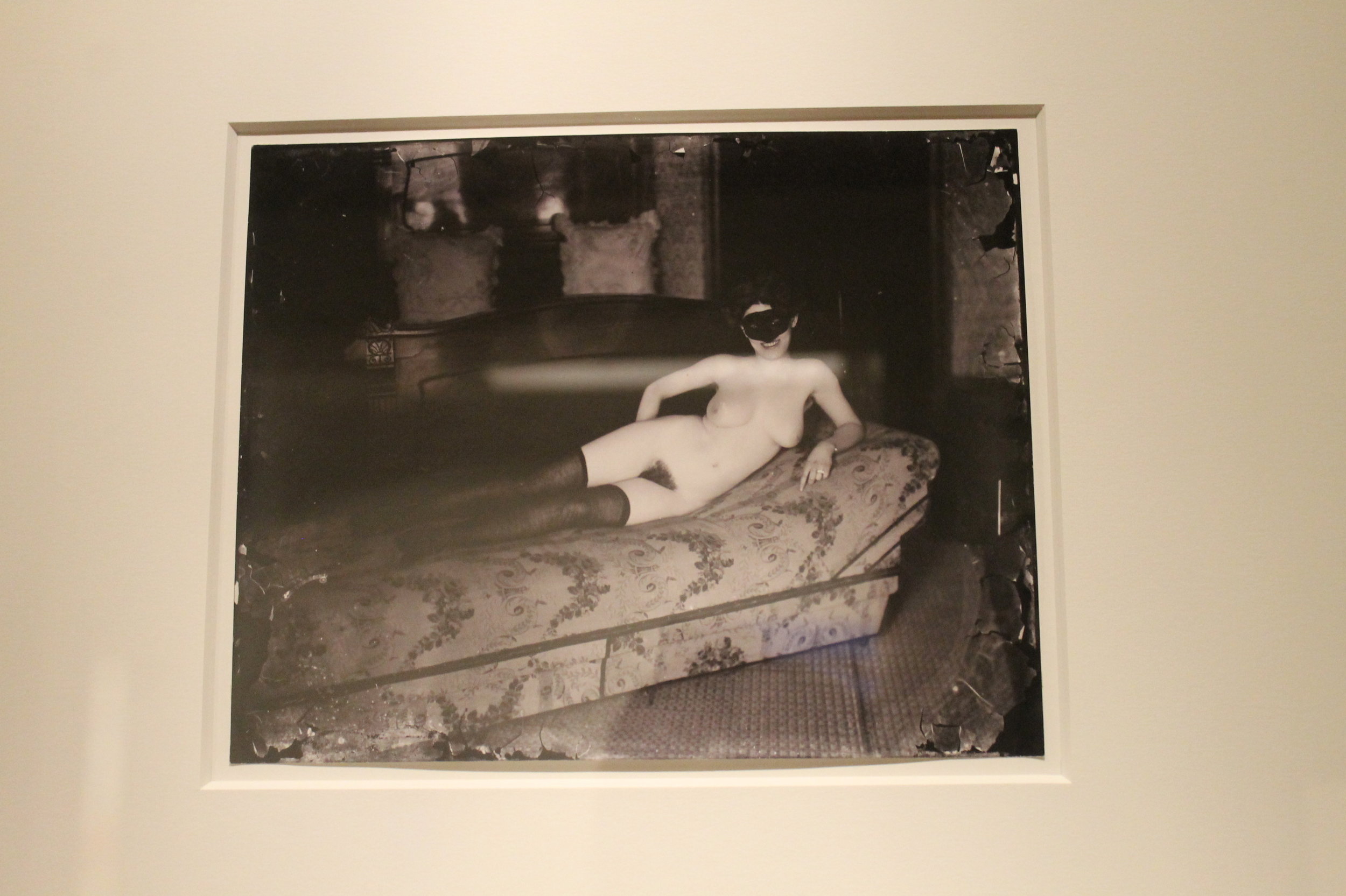
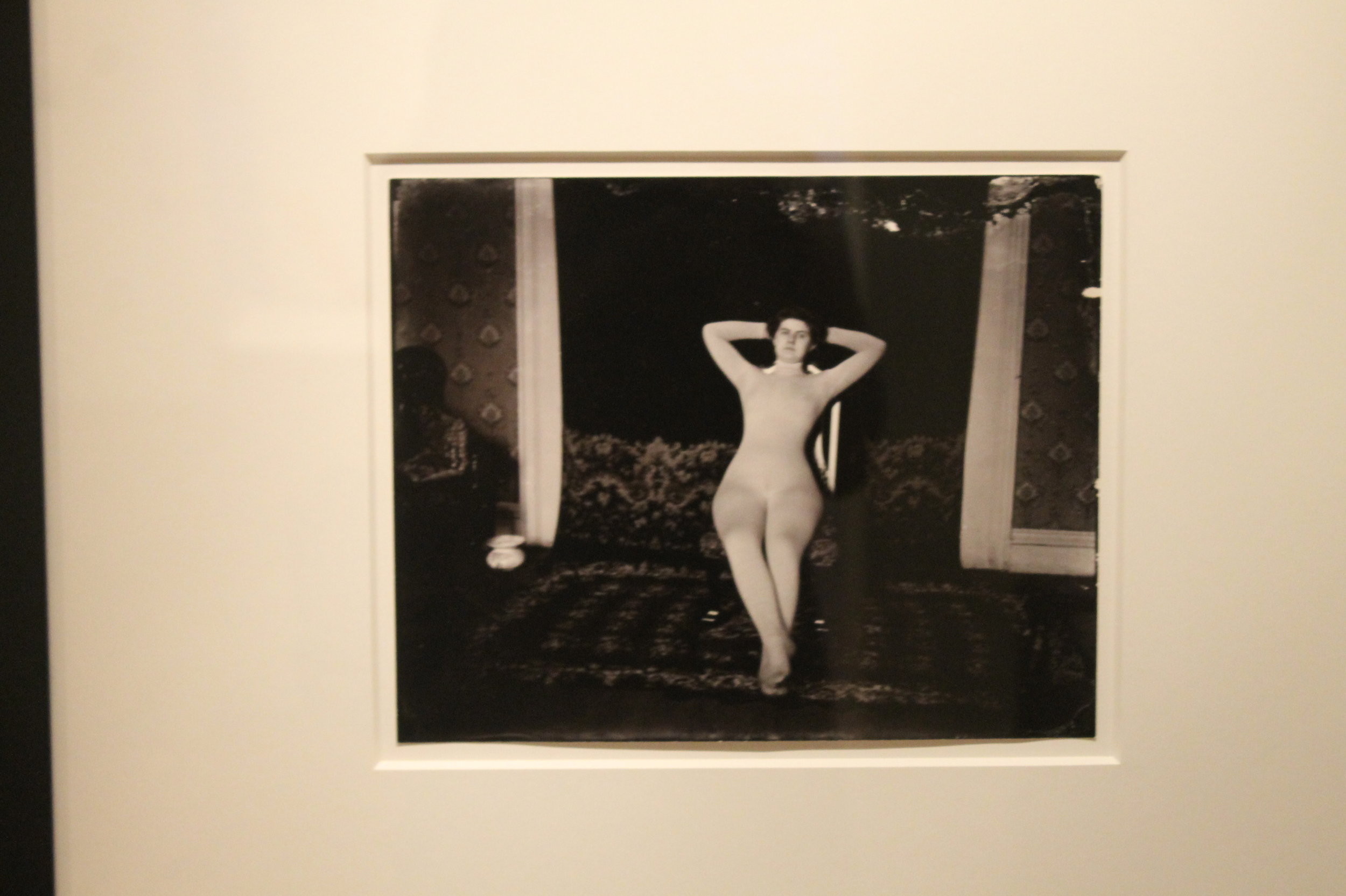
I’ve read Coming Through Slaughter by Michael Ondaatje twice now: once during a creative writing class my freshman year and the second time during this trip. I’ve discussed the use of language, the presentation of mental health, how the book portrays the South and jazz and what it hopes to explain to its audience but despite all of that, it never really sank in that these characters did actually exist. I never thought about the fact that many of them could have gone on to get married, have families and kids or grandkids who are now working somewhere on this earth. It didn’t sink in till I was standing in the New Orleans Museum of Art, staring at the images that Bellocq, one of Buddy’s friends in the novel, had taken of prostitutes in early 20th century Louisiana. As described in the book, the black and white photographs had pictures of either half dressed or nude women with faces scratched out or covered. There were only a few but it was enough to gain a better understanding of Bellocq and provide even more context for such a powerful novel. It adds a weight to the story because I can better understand that this happened to someone. It also continues to add to the experience of being in New Orleans because I am exploring and living in the same spaces where these two historic figures once lived.

